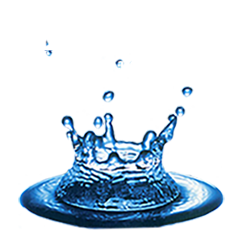
3rd Generation
Master Plumber

Insured & Bonded
Established in 1992

♦
NJ Master Plumber
License # 09455
Dion Natale
♦
NJ Plumbing Inspector
License# 007642
♦
Lead Renovator
ID# R-18342-10-04981
♦
Qualified Gastite Installer
Cert# 99T048475

 |
| Scotch Plains Plumbing Contractors |



Kathleen L
Helpful Plumbing and Heating Tips
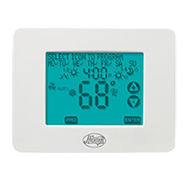
Heating System Maintenance
Test your heating system before the heating season starts, while the weather is still warm.
Follow 3 easy testing steps:
1- Turn thermostat to 4-6 degrees higher than the room temperature.
2- Wait 5-10 minutes to make sure you feel warmth from the registers or radiators.
3- If you do not feel any warmth, turn thermostat to the original setting and contact us.
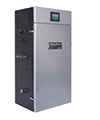
Boiler Maintenance
Beat the fall rush and service your furnace or boiler every year before the heating season. Leave the worry to us. Sign up for our planned maintenance to be sure it gets done each year.
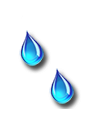
Leaky Pipe or Fixture
Small drips can waste thousands of gallons of water, as much as 150 gallons a day! Be sure to check under sinks for moisture or small leaks. And always repair leaky faucets right away to avoid paying for wasted water, and also to avoid water damage to your fixtures and pipes.

Shut-off valves
Every family member should know the location of the shut-off valves for every fixture, as well as the main shut-off valve for the house, and how they operate. You want to make sure they’re not stuck in the open position just in case you have a water emergency! Do the same periodic check for the shutoff valves on your sinks, tubs, and toilets, too. Shut-off valves are usually behind or underneath the fixture. Turn it clockwise to shut off the water. If there's no shut-off valve for the fixture, close the main valve to turn off the water supply to the entire house. This is located where the main water supply pipe enters just inside the foundation wall in the basement or crawlspace. Turn clockwise.

Toilet leaks
Toilet leaks can be wasteful and expensive. Toilet seal leaks can happen when the toilet is not stable; the seal is worn out or not installed correctly. Check for visible water or stains around the base of the toilet. At least once a year, check your toilet for leaks by adding a small amount of red food coloring to the tank, and then check the toilet bowl later. If the toilet bowl water is colored red, water is seeping through from the tank. If you see water or your toilet wobbles, don’t delay repairs.

Hot Water Heater
Inspect the flooring around your water heater for signs of leaks. Water pan and safety alarms are also worth considering.
As water heaters grow older, they accumulate sediment and lime deposits. If these deposits are not removed periodically, the sediment will create a barrier between the burner and the water, greatly reducing the water heater's performance level. At least once every three months, drain water from the tank. Draining a gallon or so on a regular basis helps remove the sediment.
Hot water tanks are susceptible to leaks even if they have liners. You should periodically inspect your water heater and the flooring around it for signs of leaks. We suggest considering replacing your water heater if it’s more than 10 years old. At least once every two years, have your water heater inspected by a service technician. He or she will also check the drain valve for signs of leakage, and the anode rods for corrosion
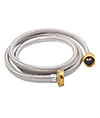
Washing machine & other hoses
Rubber hoses eventually leak. Because the laundry room is usually in a low-traffic area of the house, water damage can go undetected and be extensive.
Check the hoses for kinks and cracks. Replace rubber hoses every five years or have metal mesh hoses installed. Do the same for dishwasher and automatic ice cube-maker hoses.

Garbage Disposal
The best way to extend the life of your garbage disposal is to always use plenty of cold water when running the disposal. Also, avoid overloading it. If your disposal stops working try the reset switch located on the bottom of most disposals.
Never dispose of very hard items like bones or corn husks.
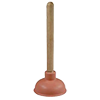
Clogged sewer lines
What to look for:
The drain lines are gurgling, especially when you drain your washing machine water; toilets and sinks are slower than normal to drain; the floor drain has unpleasant odors or water backing up.

Dryer vent maintenance
The major symptoms of a clogged vent are incomplete drying of clothes at normal temperatures, and very hot dryer temperatures.
Carbon monoxide can be forced back into the home if your gas clothes dryer is not properly vented. Improperly venting, or obstructions such as lint, birds' nests or rodents can create a fire hazard or lead to carbon monoxide poisoning.